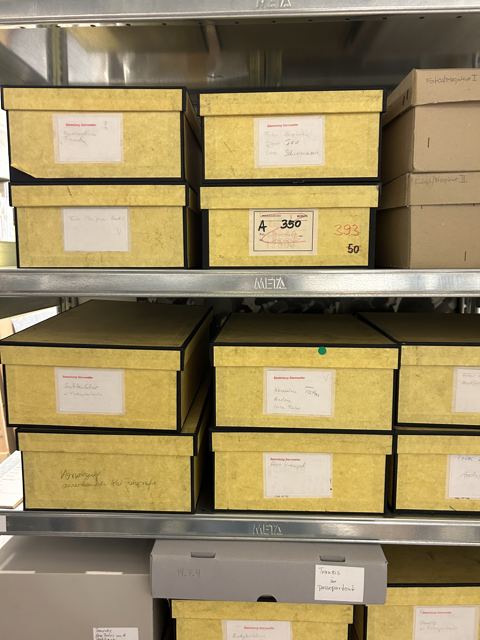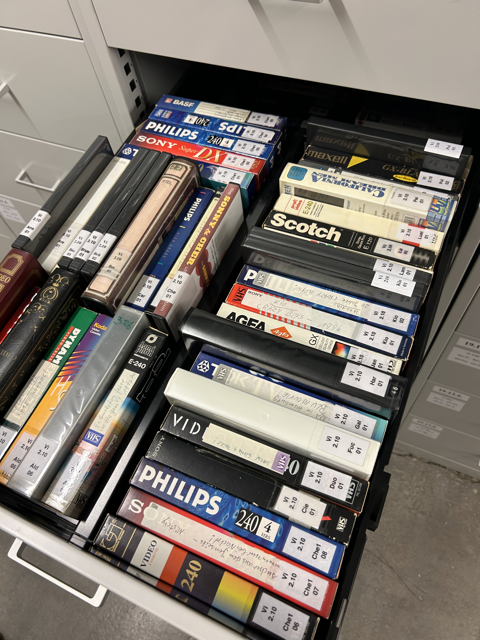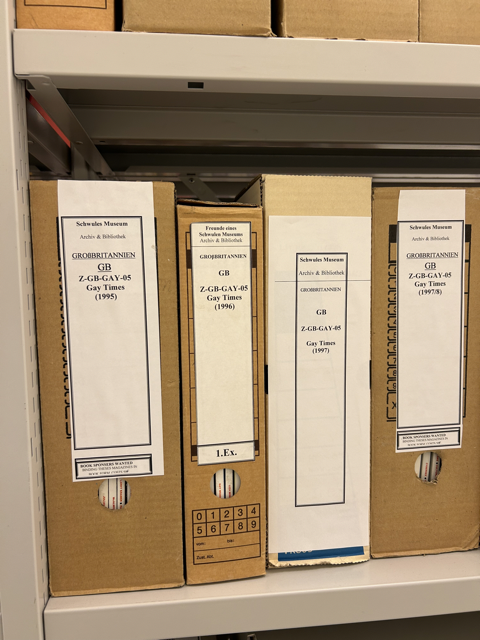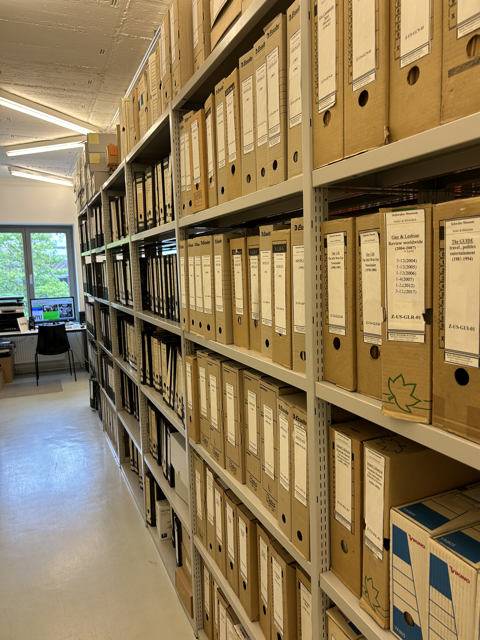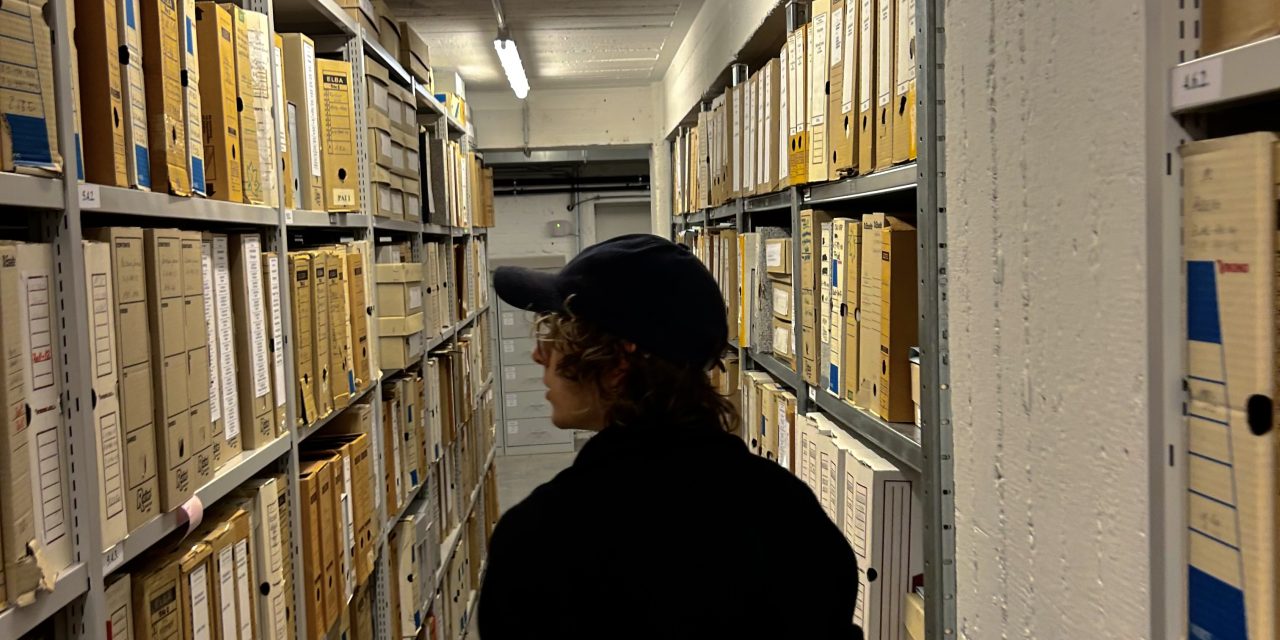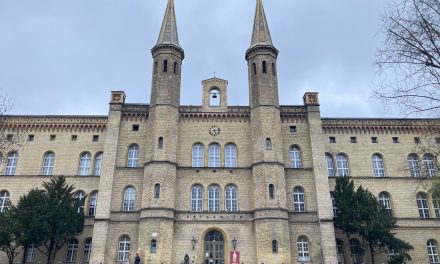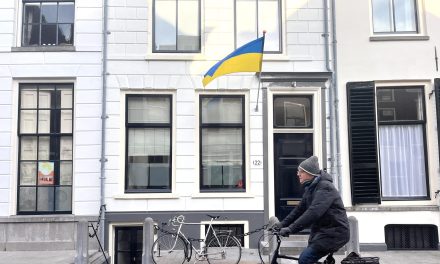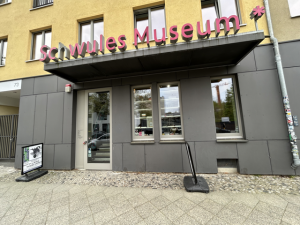
Entrance to the Schwules Museum
In the vibrant center of Berlin, amidst its historic streets and diverse cultures, a treasure trove of queer history awaits discovery. Founded in 1919 by emancipation pioneer Dr. Magnus Hirschfeld, Berlin’s queer archives have grown significantly over the past few decades (Koskovich, n.d.). These archives preserve millions of artifacts that illuminate the queer community’s diverse and resilient narratives. From historic newspaper articles and personal letters defying persecution to protest banners advocating for equality, these archives serve as memory curators and activists for change, promoting acceptance of the queer community.
Why do queer archives play such a crucial role in preserving and documenting LGBTQ+ history and culture in Berlin?
Romain Pinteaux, a member of the Schwules Museum’s archive team, notes that their archive has amassed a vast collection over time. These archives reveal how queer lives, past and present, are shaped by voices expressing our joys and struggles against the silence that sought to erase them. The Schwules Museum holds over 2 million queer-related artifacts, including films, posters, and books, which are available as educational tools in schools or institutions, and for exhibitions.
Artifacts are mainly sourced within the Berlin community. “I don’t know if there is a specific reason for this. Many cities in Germany and elsewhere developed great queer initiatives over the decades, like Freiburg. But Berlin, like other capitals and big cities, attracts many people who didn’t feel comfortable in their hometowns. These people created wonderful subcultures right here in Berlin,” Pinteaux explains. People seek out spaces where they feel represented and respected; if their identity is missing or ridiculed, they won’t show up. Since the 1990s, there has been a boom in visibility for transgender and nonbinary individuals, along with the reclamation of the word “queer” as a group category and individual identity.
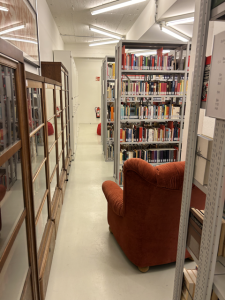
Public library at the Schwules Museum
The Schwules Museum’s archive hosts various artifacts, but the full extent of the collection remains largely unknown. “If I show you the archives, you’ll see only 3 percent of our content is processed. The remaining items are yet to be categorized, and sometimes we don’t know our progress. Additionally, we don’t always hold the copyrights to the material, limiting what we can do with it,” Pinteaux says as he walks down an aisle. The museum also hosts numerous events, including workshops designed for marginalized LGBTQ+ communities. These workshops use artifacts from both past and present, offering educational insights. Artefacts provide a wealth of information about the community’s identity, discussions, and organizing efforts for rights. The impact of these efforts is visible in changing neighborhood dynamics. “It’s interesting to see some shops not directly connected to the queer movement or activism, like pharmacies, proudly display rainbow flags. This reflects a deeper integration into the LGBTQ+ community.”
”It reflects a sense of integration into the LGBTQ+ community”
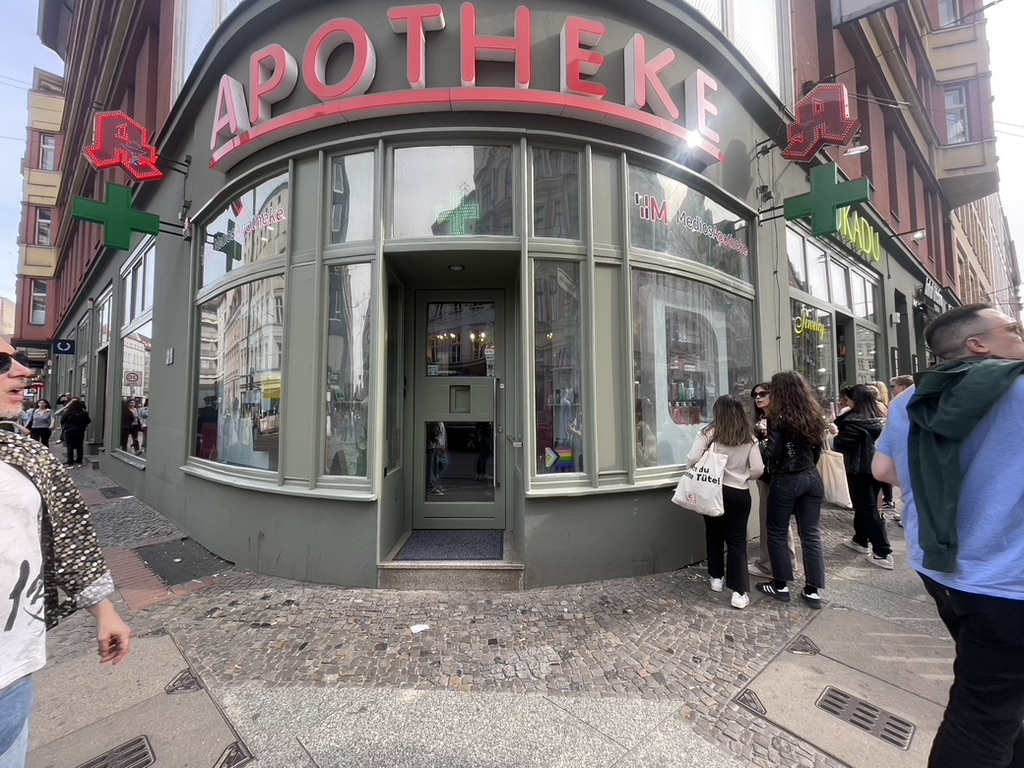
Pharmacy in Berlin showing the LGBTQ+ flag
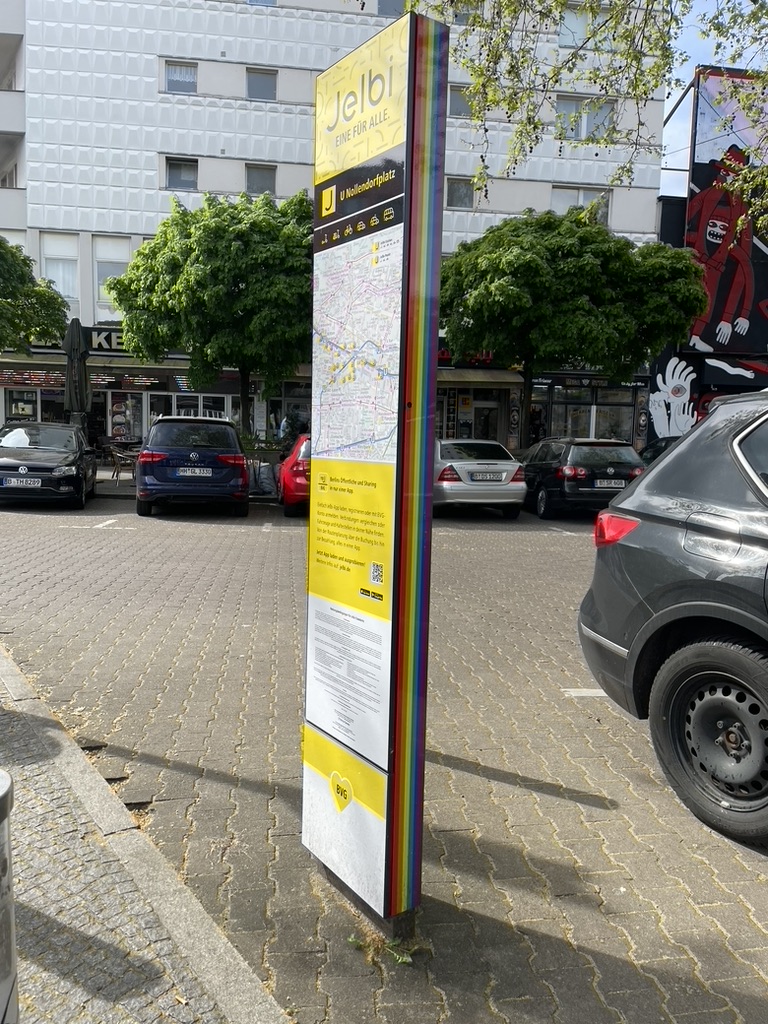
Public transport map at Nollendorfplatz
“If you mention Bruno’s to a queer person, especially a gay male, they’ll likely know it. Despite being a sex shop with all imaginable items, it’s an established institution in Schöneberg, notably located on Nollendorfplatz. Its recognition reflects Schöneberg’s enduring influence as a gathering place for the LGBTQ+ community in Berlin. There’s also a queer Christmas market on Nollendorfplatz in the LGBTQ+ neighborhood, which has become a Berlin institution, attracting visitors from across the city, not just queer individuals.”
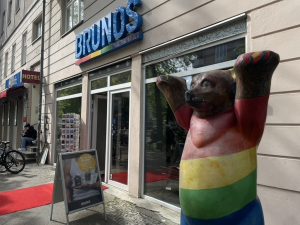
Entrance to Media Company Bruno’s
Queer archives are essential in the ongoing gentrification of areas like Neukölln. “Neukölln, a poor neighborhood back in the day, underwent and is undergoing rapid gentrification, displacing many with immigrant backgrounds. Despite this, there are still pockets of diverse communities. However, the fast-paced growth is causing many queer spaces to relocate, reflecting broader trends in the area,” Pinteaux notes.
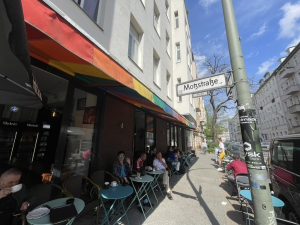
Streetview of Moßstraße
Tilia Främbs, a recent graduate from Bremen, Germany, shared her thoughts on the importance of queer archives in Berlin. “Regarding Berlin’s challenges, such as gentrification and the potential loss of historically significant LGBTQ+ spaces, queer archives may play a more activist role in preserving queer history. The archives could help recount the significance of these spaces and legitimize their political preservation, ensuring that the city’s LGBTQ+ past isn’t erased as it evolves,” she says. The influence of the archives will likely grow as Berlin continues to change. “I also believe that for queer individuals growing up in a progressive city like Berlin, where they may face less discrimination and more acceptance than elsewhere, the archives can remind them that their freedoms are the result of decades-long struggles for liberation and acceptance.”
Queer archives are crucial for preserving and documenting LGBTQ+ history and culture in Berlin, giving voice to many stories of hardship, joy, and survival that might otherwise go untold. They promote education and awareness and play an important role in recognizing and protecting LGBTQ+ places and groups in a rapidly changing city.
